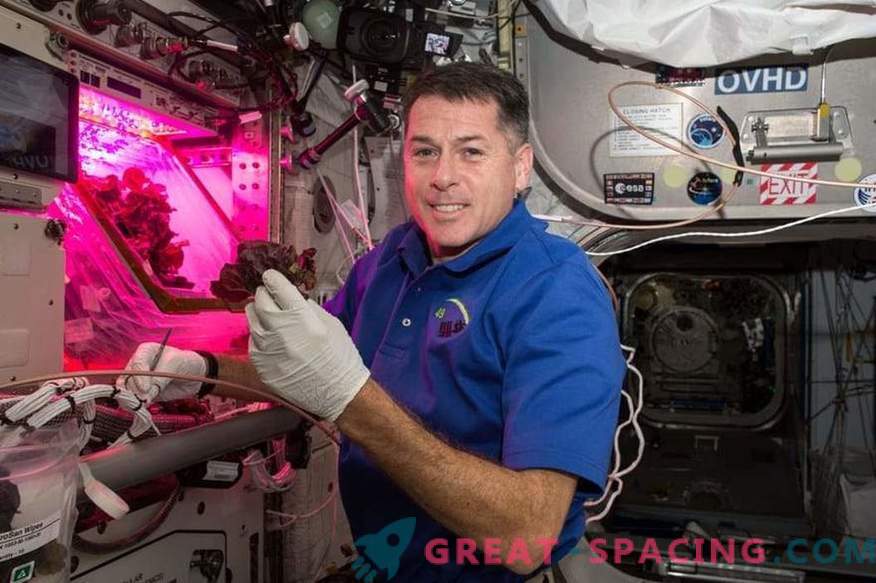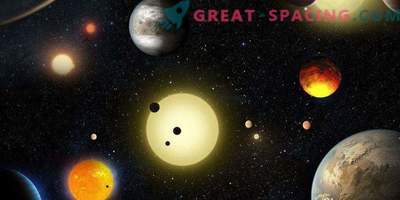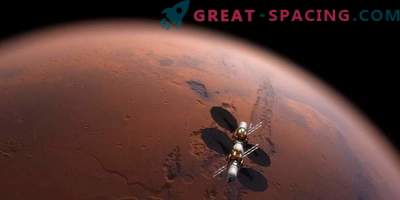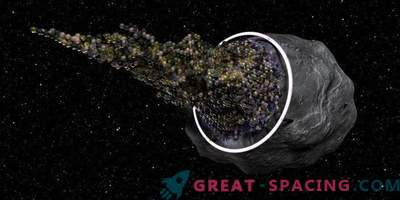
A greenhouse prototype designed to provide astronauts with a continuous supply of vegetables.
NASA hopes to create a colony on the Red Planet, which needs something to feed. It is dangerous to rely on earthly deliveries, because we do not have a stable space travel system. Therefore, scientists are engaged in the project of the Martian garden.
The idea is for astronauts to grow vegetables on the spot. And it can be either Mars, or any other object with unfriendly soil. In addition, it is not only the provision of food, but also an attempt to understand how food systems become part of life support.
Plants are used to purify carbon dioxide, which leads to the creation of oxygen. The bottom line is the formation of a closed system that can guarantee food and air purification.
The prototype is an inflatable unfolding system - a bioregenerative life support system. When growing vegetables, she also manages to recycle water, recycle waste and restore air.
The system is hydroponic, so it does not need to use soil. Water is delivered from the Earth or collected directly on the object. So we create a real comfortable living environment.

A pipe 18 feet long is a prototype of a bioregenerative life support system. The system creates a crop, restores water and air. Located in the Arizona Environmental Management Center.
The greenhouse system displays what we see in terrestrial conditions. The main thing is to understand exactly what resources will be needed from Earth. This is the amount of water (available or brought), the choice of seeds and the type of vegetation.
Even if the site has a lot of water, it does not simplify the task. Let's not forget that many planets and their satellites are deprived of radiation protection, which means that the plants will suffer as well. Greenhouse cameras should be hidden under the surface, which will require special equipment for lighting.
The sun's rays can be captured using light concentrators that transmit light through fiber-optic beams. This is not the first NASA experience in growing crops in space. They have successful attempts on the ISS, where the first cosmic salad has already been prepared.

Astronaut Sheil Kimbrough collects salad from VEGGIE on the ISS
Earth has established itself as a place capable of creating conditions for the maintenance of life. Now scientists are trying to share it with other objects.











































